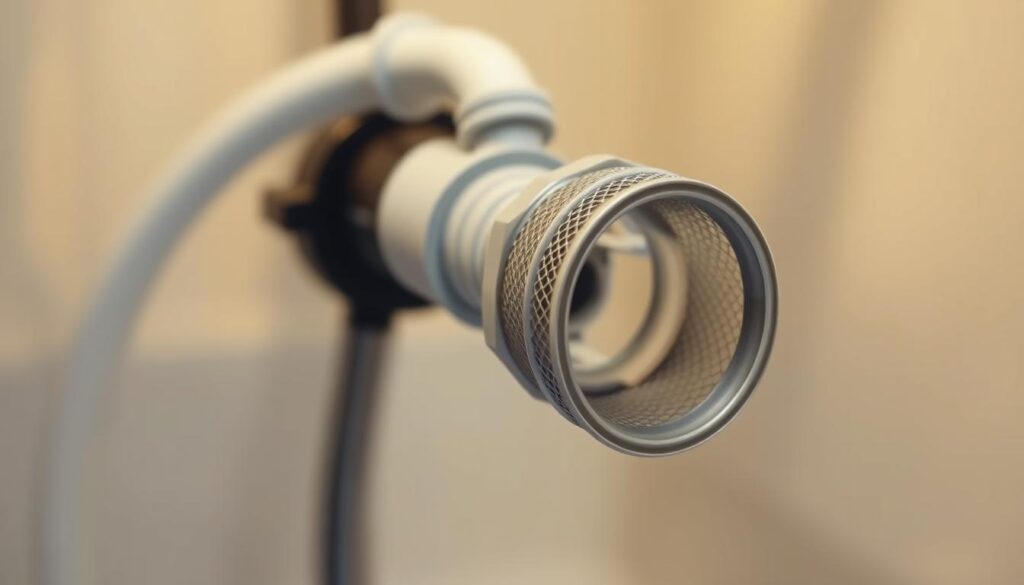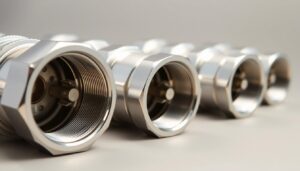Are you aware of the crucial role the inlet valve plays in your appliance’s functioning? It controls the water flow, and any blockage or leak can significantly impact performance.
If your appliance is taking longer to fill with water or is filling up unnecessarily, it might be a sign of a problem with the inlet valve.
Maintaining your appliance’s inlet system is vital for its efficiency and longevity. In this guide, we’ll walk you through the process of identifying and addressing issues, ensuring your appliance continues to function optimally.
Key Takeaways
- Understand the importance of maintaining your appliance’s inlet system for optimal performance.
- Learn how to identify potential issues with the inlet valve.
- Discover the steps to address blockages and leaks.
- Ensure your appliance’s longevity through regular maintenance.
- Follow safety precautions when performing repairs.
Understanding Your Dishwasher’s Inlet Hose Filter
Ensuring your dishwasher’s inlet hose filter is in good condition is key to its overall performance. The inlet hose filter serves as a crucial protective barrier that prevents debris and sediment from entering your dishwasher’s internal components.
What Is an Inlet Hose Filter and Why It Matters
The inlet hose filter is designed to trap particles that could otherwise damage the appliance’s valves and pumps. By filtering the water supply, it ensures that your dishwasher operates efficiently and effectively, maintaining optimal dishwasher performance.
Signs Your Filter Needs Replacement
If your dishwasher inlet valve is blocked, you may notice that it takes longer for the appliance to fill with water. Other signs include unusual noises or poor cleaning results. Regularly checking and replacing the inlet hose filter can prevent these issues and prolong the lifespan of your dishwasher.
| Signs of a Faulty Filter | Description |
|---|---|
| Longer Filling Times | The dishwasher takes more time to fill with water due to a blocked inlet valve. |
| Unusual Noises | Debris and sediment can cause unusual noises during the dishwasher’s operation. |
| Poor Cleaning Results | A faulty filter can lead to poor cleaning performance due to reduced water flow. |
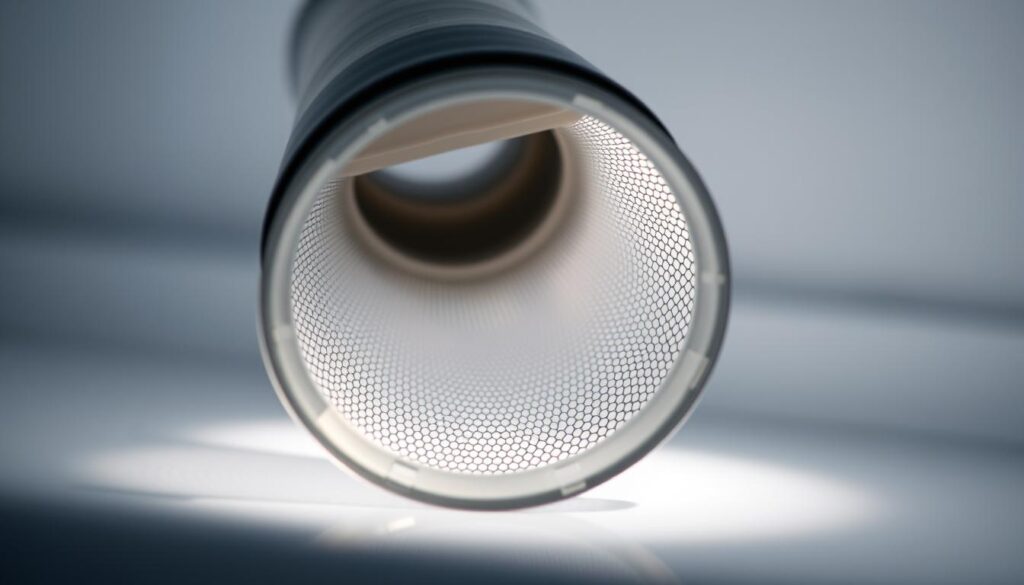
Safety Precautions and Preparation
Ensuring your safety is paramount when working with appliances connected to both power and water supplies. To maintain a safe working environment, you need to take a few crucial steps before starting the replacement process.
Disconnecting Power and Water Supply
WARNING! RISK OF ELECTRIC SHOCK. Before any repair or maintenance operation, deactivate the appliance and disconnect the mains plug from the socket. Additionally, turn off the water supply to the appliance to prevent any potential leaks or water damage.
Tools and Materials You’ll Need
To replace the inlet hose filter, you’ll need a few essential tools: a Cross Head Screwdriver and Water Pump Pliers or Mole Grips. Having safety gloves and safety footwear is also crucial to protect yourself from sharp edges and heavy appliances.
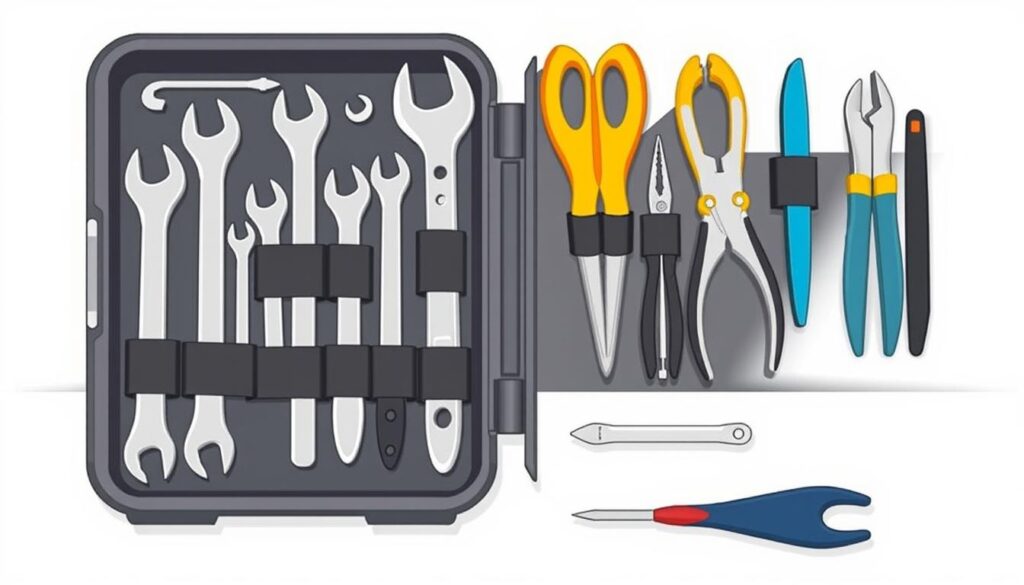
How to Replace Dishwasher Inlet Hose Filter
Maintaining your dishwasher involves periodically replacing the inlet hose filter, a process we’ll walk you through. To start, you’ll need to access the inlet valve, which is typically located at the back of your dishwasher near the bottom. This requires turning the appliance around and removing any obstructing components.
Accessing the Inlet Valve and Hose
Begin by unscrewing the water supply from the back of the inlet valve. Then, remove the base plate to gain clear access to the valve. With the valve now in view, you’ll see electrical connectors and a pipe connected by a clip that need to be detached.
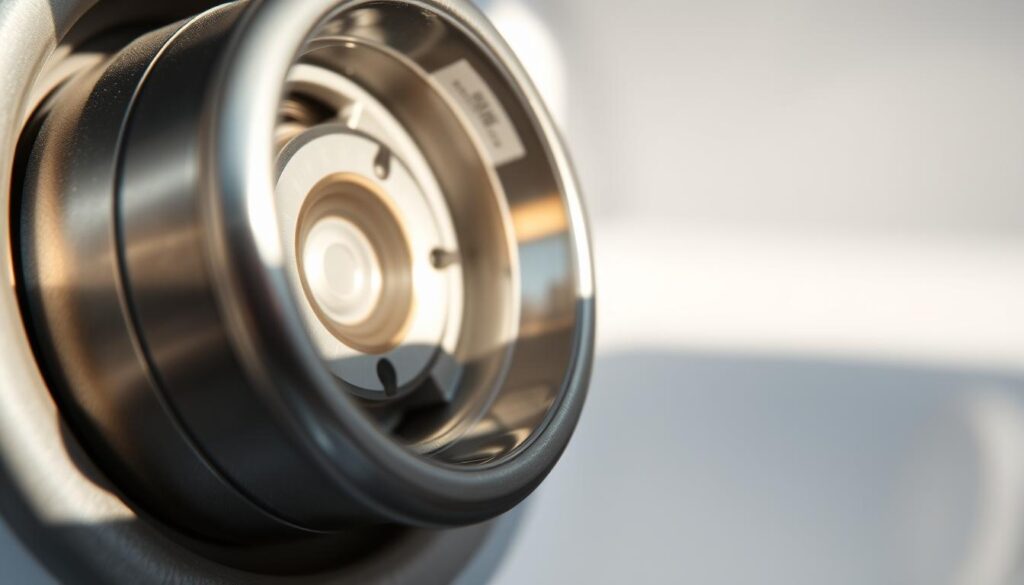
Removing the Old Filter
Carefully pull off the electrical connectors from the back of the valve, and release the pipe from its clip. This will allow you to remove the old inlet valve and filter. Take note of the connections to ensure correct reassembly later.
Installing the New Filter and Testing
To install the new filter, start by working the pipe over the end of the new valve, then reattach the electrical connectors. Once the valve is back in place, tighten the jubilee clip and replace the back plate. Finally, test your dishwasher to ensure there are no leaks and that it’s functioning correctly.
Conclusion
Maintaining your dishwasher is crucial for its longevity, and replacing the inlet hose filter is a key part of this process. By doing so, you’ll ensure your appliance continues to run efficiently and effectively.
Regular maintenance, including checking and replacing the inlet hose filter based on your water quality and usage patterns, will help extend its operational lifespan. For more information on the parts of your dishwasher, visit Whirlpool’s guide.
Additionally, consider using descaling products to prevent limescale build-up in your machine, further enhancing its performance and longevity.
